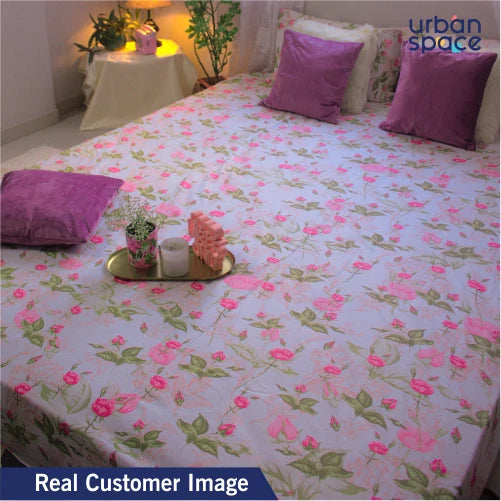Exploring Bedsheet Materials: Microfiber vs. Cotton and Addressing Concerns About Toxicity

Introduction:
When it comes to choosing the right bedsheet, the material plays a crucial role in ensuring comfort, durability, and overall sleep quality. Two popular options that often come up in the discussion are microfiber and cotton. In this blog post, we will delve into the characteristics of these bedsheet materials, discuss which one is considered the best, and address any concerns about the toxicity of bedsheets. By understanding the differences and benefits of each material, you can make an informed decision for a cozy and healthy sleep environment.
I. Microfiber vs. Cotton: Evaluating the Characteristics

- Microfiber Bedsheets: Microfiber is a synthetic material made of finely woven fibers, typically polyester. It is known for its soft texture, lightweight feel, and wrinkle-resistant properties. Microfiber bedsheets often have a smooth and silky finish, making them a popular choice for those seeking a luxurious and low-maintenance option.
- Cotton Bedsheets: Cotton, a natural fiber derived from the cotton plant, has been a staple in the bedding industry for centuries. Cotton bedsheets offer breathability, moisture-wicking properties, and a soft, cozy feel against the skin. They are also known for their durability and ability to withstand repeated washing.
II. Determining the Best Bedsheet Material
- Comfort and Personal Preference: The choice between microfiber and cotton ultimately depends on personal preference. Some individuals prefer the silky texture of microfiber, while others enjoy the natural feel and breathability of cotton. Consider factors such as temperature regulation, texture, and overall comfort when selecting the best material for your bedsheets.
- Durability and Longevity: Cotton bedsheets, particularly those made of high-quality cotton such as Egyptian or Supima cotton, are renowned for their durability and long lifespan. Microfiber bedsheets are generally more resistant to wear and tear, making them a suitable choice for households with children or pets.
- Maintenance and Care: Microfiber bedsheets are low-maintenance and often require less ironing compared to cotton bedsheets. However, cotton bedsheets tend to become softer and more comfortable with each wash. Consider your lifestyle and preferences when deciding which material aligns with your maintenance routine.
Read more: Choosing the Perfect Bedsheet Material: A Guide to Comfort and Quality
III. Addressing Concerns about Toxicity

- Safety of Microfiber: Microfiber bedsheets are generally considered safe for use. However, it's essential to choose reputable brands that adhere to quality standards and use safe manufacturing processes. Look for certifications such as Oeko-Tex® Standard 100, which ensures that the product has been tested for harmful substances.
- Natural and Organic Cotton: For those concerned about potential toxicity, opting for organic cotton bedsheets can provide peace of mind. Organic cotton is grown without the use of harmful pesticides and chemicals, making it a healthier and more environmentally friendly choice.
Conclusion:
Selecting the right bedsheet material is essential for a comfortable and restful sleep experience. Whether you prefer the silky smoothness of microfiber or the natural breathability of cotton, both materials offer unique advantages. Consider factors such as comfort, durability, maintenance, and any concerns about toxicity when making your decision. By choosing high-quality products and opting for organic cotton when possible, you can create a cozy and healthy sleep environment. Visit our website to explore our wide range of bedsheets and find the perfect match for your preferences and lifestyle.-
Posted in
Bedsheet, cotton bedsheet
